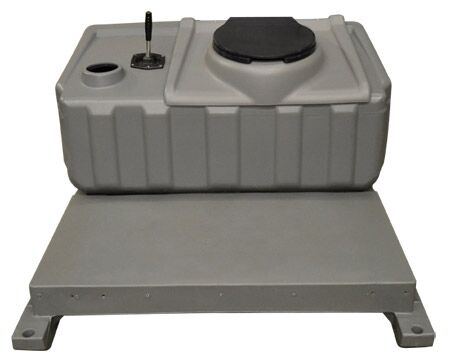Lets Explain How Portable Toilets Work!
It’s a question we get asked time and again here at euroloo. It doesn’t matter if a customer has used our services once or a thousand times, the question will always arise at one point or another and that’s, “how do portable toilets work?” Now taking into consideration the fact that our portable toilets are entirely freestanding (aside from our mains connected toilets of course), requiring no mains drainage or water supply to work, it’s no wonder people wonder just how they actually do work.
Now while you don’t need to understand how they work in order to use them, it’s such a popular question and one, it would seem, that’s pondered the UK over. For this reason alone, we thought it only right to finally answer it for you and put an end to the forever unanswered question. In order to answer it to our very fullest however, we’ll be giving you a little incite in the basic workings and operation of our standard portable toilets along with a little info on some basic portable toilet parts.
As mentioned above, nearly all of our portable toilets work using the same principle of a basic pump flush that operates using the hand or foot. When the pump flush is operated, it circulates the portable toilet water and the portable toilet chemicals contained within it in order to create what’s known as the flush system. It does so by sending a jet mixture of water and chemicals via the pipe from the water and waste holding tank to the back to the pump. It then moves through the valve system and out via another pipe from the back of the portable toilet’s pan. If you’ve ever used a chemical site toilet on a building site or perhaps a portable toilet at a festival, you’ll be familiar with the coloured water shooting out down the back of the toilet pan. You’ll also be familiar with just how efficient this process and exchange of water and chemicals is.
While initially, the portable chemical toilet is using a mixture of water and chemicals to create a flush, over time and after a significant amount of use, this changes. The toilet system will begin to flush and recirculate the water and chemical mixture along with the waste that lies in the holding tank. While this may sound unhygienic, it couldn’t be further from the truth. The chemicals within the system are very specialist chemicals. While they may initially be used to mix with the water, they’ve actually been created specifically to help break down waste and water, therefore keeping the portable toilet and its internal system smelling sweet for up to seven whole days. This is of course based on an average amount of use. Wondering what an average amount of use would be? Well luckily for you, with our vast amount of experience in the portable toilet field, we’ve been able to formulate that one charge of the water and chemical mixture would provide enough for continual use for approximately seven people over the course of an average forty-hour week. Should there be an increase in people then of course, the number of toilets would need to be increased.
We hope this has answered the most popular question within the portable toilet industry. If you’d like anymore information regarding our services, simply contact us today on 0800 61 22 515.
